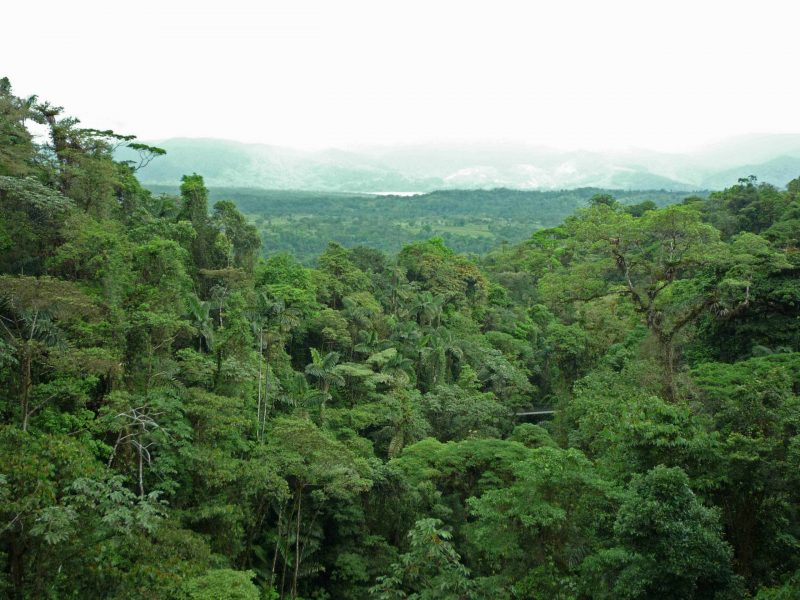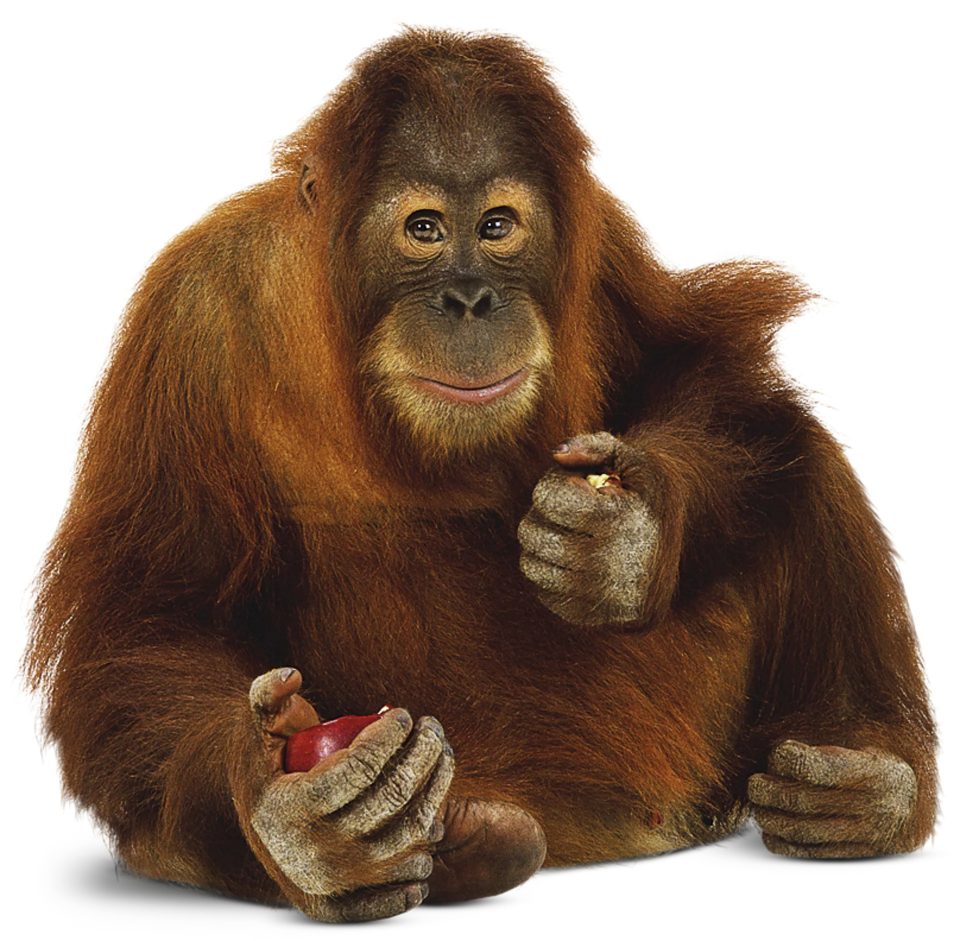I was delighted when Indonesia Expat invited me to submit an article for the Green and Sustainability issue. Green happens to be my favourite colour.
Why green above other colours? When I was nine years old, I decided I needed a favourite number (because a pretty girl had asked me what it was) and chose my age. This worked out well, so when it was time to allocate myself a favourite colour (which the same girl had asked me about next time I saw her), I settled on a similarly convenient strategy and decided to choose the colour of the next thing I looked at. Unsurprisingly, this was the girl’s eyes. And so “green” it was.
I might instead have looked haughtily up at the sky and chosen blue, or bashfully down at the dirt in the driveway and been lumbered with brown as a favourite colour. Or even the drab grey of the tarmac to the side. As it was, I think things turned out alright.
Indonesia has many associations with the colour green. It, for example, is the colour of Islam, which is the country’s “favourite” religion. Some of the associations might be only in my mind admittedly, but I intend in the rest of this article to run through a couple of them.
First, green is the colour of Indonesia’s rain forests, the largest in all of Asia. Sadly, this lush habitat, containing 300,000 wildlife species including Sumatran tigers and pygmy elephants, has been dwindling rapidly as bulldozers are set to work making way for palm oil plantations and other high-profit enterprises.
The last time I flew over Kalimantan, I looked down and saw an island gutted. It is said that conservationist David Attenborough’s horrified face can be made out in the brittle and barren surface of Kalimantan from 30,000 feet up in the same way that some people see Jesus’s face in a bowl of cornflakes or a slice of burnt toast. I guess only the volcanoes of the Ring of Fire stop Java suffering the same fate. But not by much.
Years ago, an orangutan used to inhabit my favourite restaurant in the city of Tanjung Pinang, Bintan, an island that also has its glory days of greenness behind it. This endearing creature, which wore a shiny green silk waistcoat, was the establishment’s mascot and chief entertainer. It used to lumber around like a wise if taciturn old man, cadging bananas off guests, along with the occasional cigarette, and perhaps even mixing cocktails when not confined to its cage in the centre of the bar area.
This, of course, was a dull lifestyle for a creature whose ancestor had reached the giddy heights, higher than any forest tree, of starring alongside Clint Eastwood in the 1978 classic movie “Every Which Way but Loose.” This orangutan, in contrast, was stuck in a real-life down-and-out movie, reduced to scraping a living in a restaurant. At least it was looked after. Many orangutans in the wild might feel like they are starring in another Hollywood classic, “King Kong,” with encircling biplanes trying to shoot them to the ground like they did the giant ape in the film’s final scene.
Orangutans are an endangered species in Indonesia, (as I guess they are in Hollywood too these days) largely because of their disappearing habitats, a tragedy that enables us to enjoy margarine, pizza bases, and the hundreds of other products that use palm oil. One study concluded that the island of Borneo lost 100,000 orangutans between 1999 and 2015, another that the population had dropped by a quarter in a decade.
Leaving aside the sad plight of orangutans for a moment, green is also the colour of Bintang beer bottles. No, I’m not going to gush cheerfully on about beer again. I’ve done that too often in these pages. I’m going to discuss the place where empty bottles which escape the recyclers end up. The mounds of waste that Jakarta produces each month could probably be spread evenly over all the land stripped of trees throughout the archipelago. Why not go the whole hog? Just saying.
Most of Jakarta’s waste contributes to the upkeep of Indonesia’s best-known artificial mountain, Bantar Gebang, in the district of Bekasi 20 kilometres outside Jakarta. This behemoth of a landfill is the largest in Asia, covering more than 200 acres. It’s said to support 3,000 families, most of whom work picking metals, electronics and plastics out of the squelching mass of rubbish, which they then sell. This army of scavengers, including young children, works among assorted vermin and pests, chief among them being flies in numbers so huge that actor Jeff Goldblum in his role as the human fly from the 1986 film should be summoned to take command of them. He’d need to wear his climbing boots though, all six of them.
It’s easy to imagine mountaineers coming from all over Indonesia to practice on “Mount” Bantar Gebang, clambering along the most solidly packed routes, (just follow the cockroaches and their sherpas), to reach the 40-metre summit. It wouldn’t be advisable to scale this mountain without oxygen, mainly because the stench would be overpowering.
It is said that the first orangutan to reach the peak was King Louie from “The Jungle Book” film, who then proceeded to sing about being the king of the swingers. However, the only witness to this event was an unemployed cinema usher high on industrial glue that had leaked from tubes poking out of the rubbish.
Joking aside, the Bantar Gebang landfill is an example of how waste management can reach apocalyptic proportions. You might think this is only to be expected from a city of 13 million wasteful, littering people.
My last Indonesian association with the colour green is the humble banana. No, that’s not a mistake. While bananas might be bright yellow in the consistency-loving West, where during the depression in the USA a shortage of bananas was celebrated in the song “Yes! We have no Bananas” by Frank Silver and Irvine Cohn, in Indonesia, they are often green.
In fact, bananas aren’t always curved and tapered either. They can be squat like buns. Bananas of any shape and colour are considered the typical food of orangutans, which in fact eat all kinds of fruit along with leaves, insects, and soil. That doesn’t mean you can chuck a handful of dirt at a hungry captive orangutan and consider it a good deed done.




